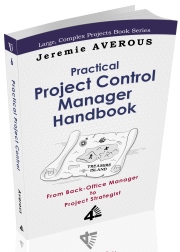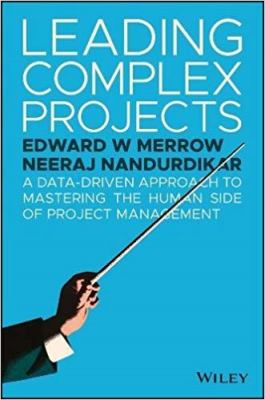How to Adapt Supply Chain IT Systems to the Specifics of Project Execution
Standard ERP systems and procurement systems are not well adapted to the specifics of project execution in particular for Large, Complex Projects. Substantial changes and improvements are required. Based on our experience and observations, our new White Paper 2017-18 ‘How to Adapt Supply Chain IT Systems to the Specifics of Project Execution’ explains the reasons for this issue and what can be done to overcome it in an effective and timely manner.
 Adaptation of standard Supply Chain Management and ERP IT systems for the specifics of project execution is necessary. At the same time, this adaptation needs to be done with a particular focus on those aspects for which an IT system provides substantial benefits. It is a must to keep control of Large, Complex projects and an investment that cannot be avoided. The investment will provide substantial returns in terms of enhanced control and minimization of procurement costs.
Adaptation of standard Supply Chain Management and ERP IT systems for the specifics of project execution is necessary. At the same time, this adaptation needs to be done with a particular focus on those aspects for which an IT system provides substantial benefits. It is a must to keep control of Large, Complex projects and an investment that cannot be avoided. The investment will provide substantial returns in terms of enhanced control and minimization of procurement costs.
Specific system adaptations are required, in particular in terms of Material-Take-Off import in the system, the detailed receipt on site, the need of a specific purchase-to-pay process based on milestones, and several other post-award management features.
Read our new White Paper 2017-18 ‘How to Adapt Supply Chain IT Systems to the Specifics of Project Execution’ to understand the details of what need to be adapted for Large Complex Projects.
If you can’t access the link to the white paper, copy and paste the following link in your browser: http://www.projectvaluedelivery.com/_library/2017-18_Project_SCM_systems_v0.pdf











